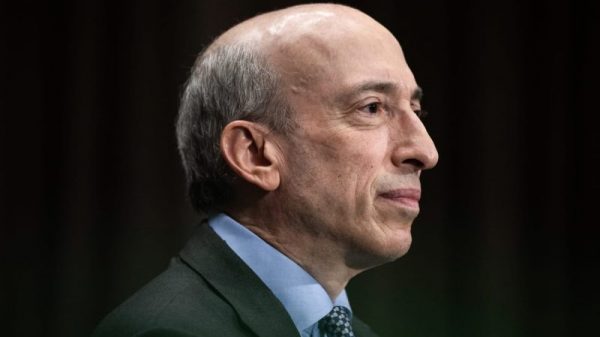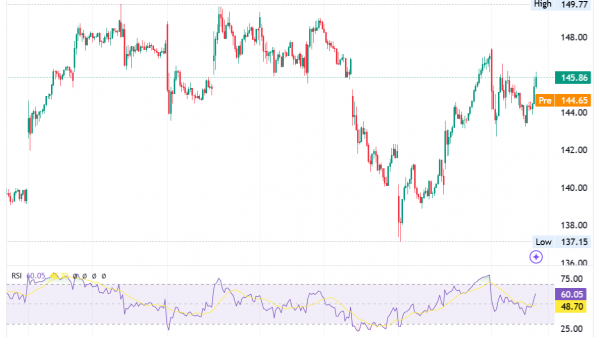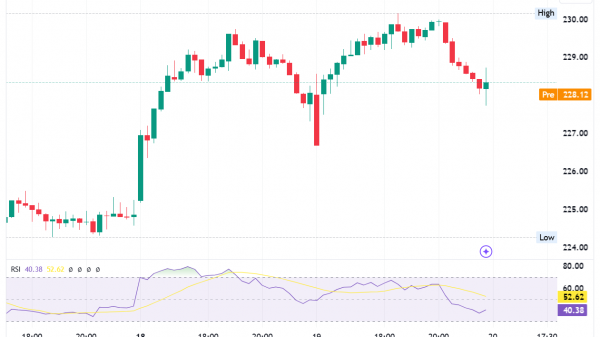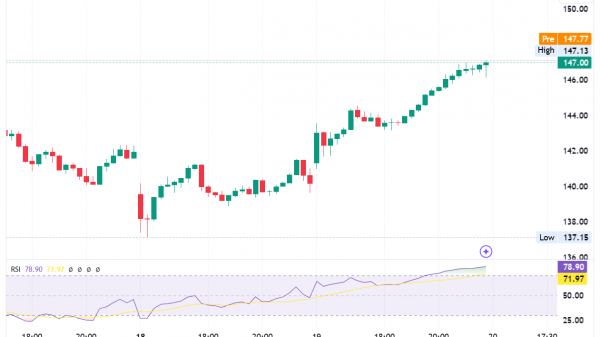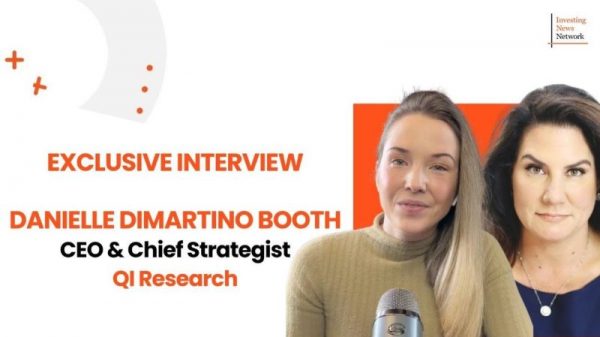What Is Fill or Kill in Trading: All Details
There are plenty of questions about stocks. Unsurprisingly, people from all over the world are interested in stocks.
One popular question “What is fill or kill in trading?”
Fill or Kill (FOK) is a type of order used in trading, particularly in the financial markets.
To cut a long story short, FOK is a conditional order requiring the transaction to be executed immediately and to its full amount at a stated price.
In this article, we will provide detailed instructions about fill or kill orders and analyze other order types commonly used in trading.
What do you need to know about FOK
Now, you know what to answer if someone asks, “What is fill or kill in trading?”
Another popular question is, “How does it work?” Let’s find out!
Here’s how it works:
When a trader submits an FOK, the broker will attempt to execute the entire order at the specified price or better.
If the order cannot be filled in its entirety, it will be canceled automatically, and no part of the order will be executed.
This all-or-nothing approach ensures that the trader either gets the entire position they want or none at all, minimizing the risk of partial fills and unfavorable price movements.
What is the purpose of a fill and kill order?
The primary purpose of FOK orders is to protect traders from partial executions and ensure that they only acquire or dispose of the asset in its entirety at their desired price.
Use cases: FOK orders are often used in situations where traders have a specific target price in mind and want to avoid getting only a portion of their order executed. They are particularly popular in volatile markets where prices can change rapidly.
Risk: The main risk associated with FOK orders is that they may not get filled if there is insufficient liquidity at the specified price within the short time window. Traders should be cautious when using FOK orders in illiquid markets.
Order types in stock trading
Fill or kill is just one of many different order types that can be used when investing. It all comes down to the investors’ strategy and preferences when determining what kind of order to use.
Other common order types:
Market orders: A market order is an instruction to buy or sell an asset at the current market price. Market orders are executed immediately, but the trader may receive a price different from what they initially saw due to market fluctuations.
Limit orders: A limit order is an instruction to buy or sell an asset at a specific price or better. It remains on the order book until it is either filled at the specified price or canceled by the trader. Limit orders offer price certainty but no execution time guarantee.
Stop orders: Stop orders, including stop-loss and stop-limit orders, are used to limit potential losses or protect profits. A stop-loss order becomes a market order when the specified stop price is reached, while a stop-limit order becomes a limit order at the stop price.
Part two
Trailing stop orders: A trailing stop order is a dynamic order type where the stop price adjusts with the market price. It’s designed to capture gains while limiting losses. If the asset’s price moves favorably, the stop price moves in the same direction, preserving profits.
Iceberg orders: Iceberg orders are large orders that are divided into smaller, publicly displayed portions and hidden, undisclosed portions. This helps large traders avoid causing significant market price movements with their trades.
Good ’til canceled (GTC): GTC orders remain active until they are explicitly canceled by the trader or until they are filled. They are often used for longer-term strategies and are not time-bound like FOK orders.
Immediate or cancel (IOC): An IOC order is similar to a FOK order, but it allows for partial fills. Any portion of the order that cannot be filled immediately is canceled, ensuring the trader receives at least some execution.
All or none (AON): An AON order specifies that the entire order must be filled in a single transaction, or it will be canceled. It’s similar to FOK but doesn’t have the immediate execution requirement.
How to select an order type?
The choice of order type depends on various factors, including the trader’s goals, risk tolerance, and market conditions. Here are some considerations:
Market conditions: In highly liquid markets with minimal price volatility, market orders may be suitable for immediate execution. In contrast, FOK or limit orders are preferred in volatile or illiquid markets.
Price certainty: Traders seeking price certainty should use limit orders, while those willing to accept the prevailing market price can opt for market orders.
Risk management: Stop orders, like stop-loss and stop-limit orders, are essential for managing risk and protecting positions from adverse price movements.
Time horizon: Traders with longer time horizons may prefer GTC orders, while short-term traders may use FOK or IOC orders to capitalize on quick price movements.
Trade size: Large traders may use iceberg orders to avoid market impact, while smaller traders may find market or limit orders sufficient.
Volatility: In highly volatile markets, traders may use trailing stop orders to lock in profits as prices rise, or they may employ FOK orders to avoid getting only partial fills at unfavorable prices.
Market analysis: Traders should base their order choice on their analysis of market conditions, news events, and technical indicators.
Conclusion
In summary, fill or kill (FOK) orders are an important tool in the trader’s toolkit, particularly in situations where complete execution at a specific price is paramount.
However, it’s essential to understand the characteristics of different order types and choose the one that aligns with your trading strategy, risk tolerance, and market conditions. Ultimately, a well-thought-out order strategy can help traders achieve their trading objectives while managing risk effectively in the dynamic world of financial markets.
Hopefully, it is quite easy to remember “What is fill or kill in trading?”
Lastly, fill or kill is just one of many different order types that can be used when investing. It all comes down to the investors’ strategy and preferences when determining what kind of order to use.
The post What Is Fill or Kill in Trading: All Details appeared first on FinanceBrokerage.







